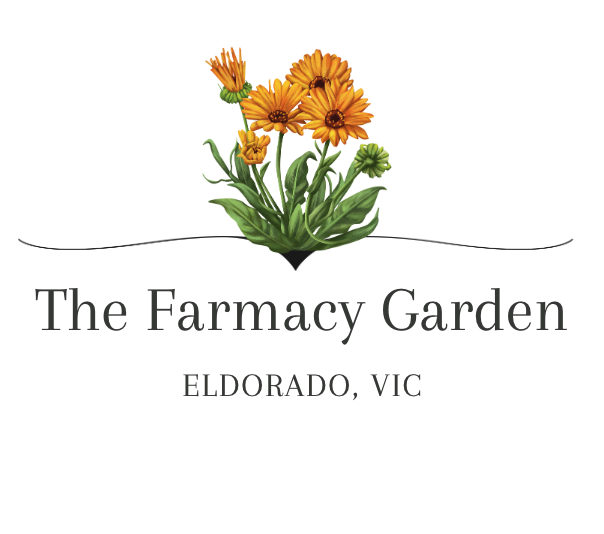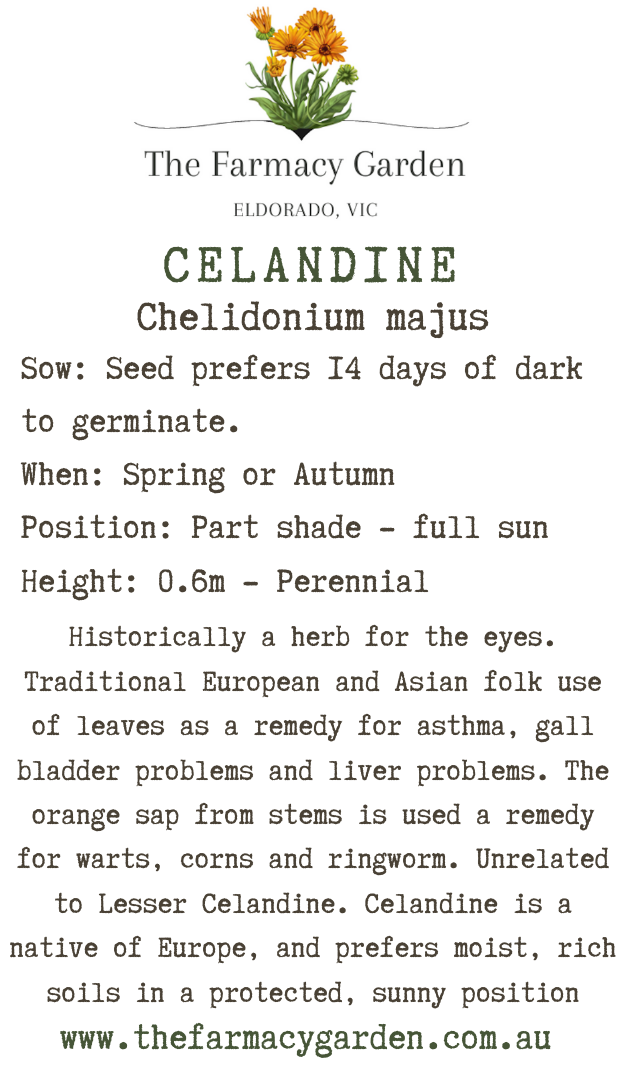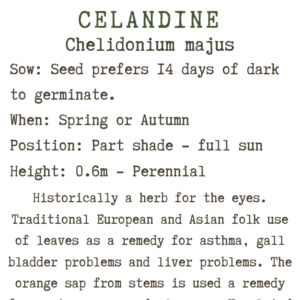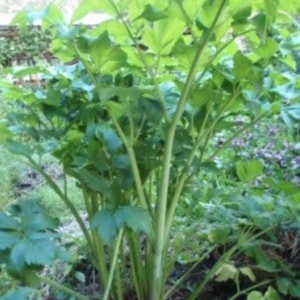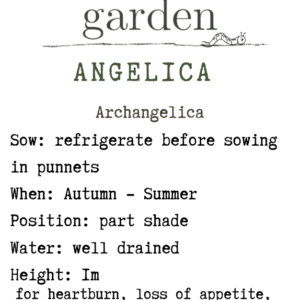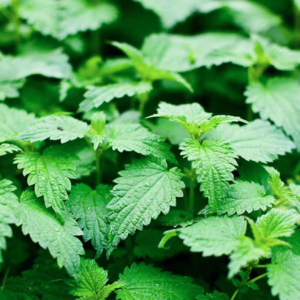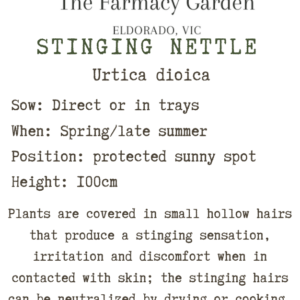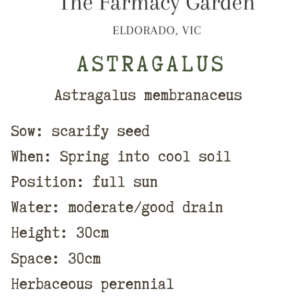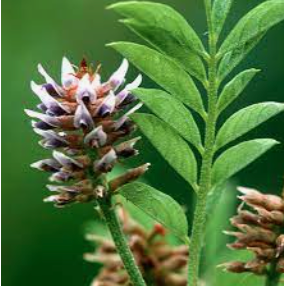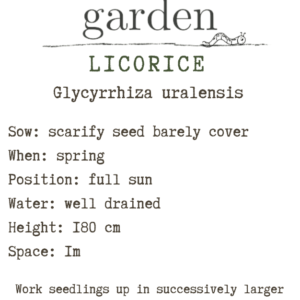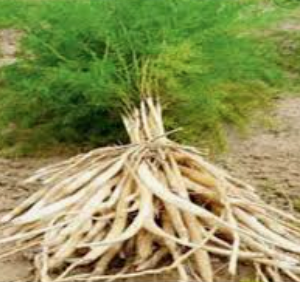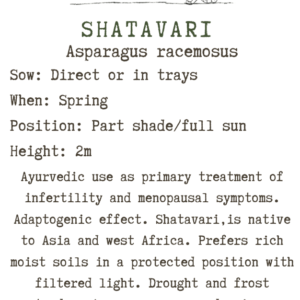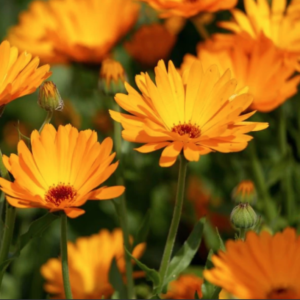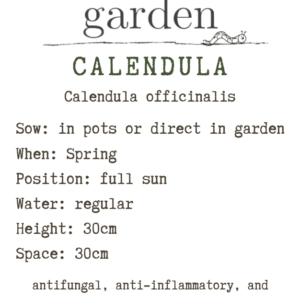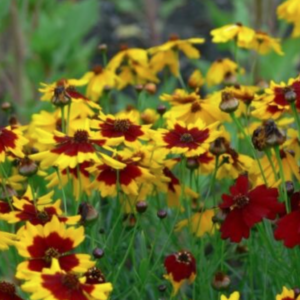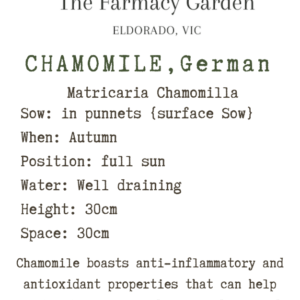Greater Celandine seed, Chelidonium majus
$8.50
Greater Celandine is a tall, herbaceous perennial, reaching up to 80cm in height, with a clumping growth habit. It has dark, almost blue-green, deeply lobed leaves and bright yellow flowers that appear in clusters. The plant is native to Europe and Western Asia and has now become naturalised in North America
Out of stock
Email when stock available
Greater Celandine is a tall, herbaceous perennial, reaching up to 80cm in height, with a clumping growth habit. It has dark, almost blue-green, deeply lobed leaves and bright yellow flowers that appear in clusters. The plant is native to Europe and Western Asia and has now become naturalised in North America
GROW: Greater Celandine seeds should be sown in autumn, either outside, where they are to flower, or in seed trays and left outside. Greater Celandine seeds should germinate the following spring when the seedlings, can be pricked out and grown on, for planting out later in the year. Greater Celandine prefers a balance of sun and shade but can tolerate a variety of conditions. It thrives best in well-drained soils but can adjust to less ideal soil conditions. Water requirements are average to low, but in hot summers, the plant appreciates extra hydration. Greater Celandine is considered a medium to fast grower and is resilient to harsh conditions.
HARVEST: The aerial parts and roots of greater celandine are used in herbalism. The above-ground parts are gathered during the flowering season and dried at high temperatures. The root is harvested in autumn between August and October and dried. The fresh rhizome is also used.
USE: Some people apply greater celandine directly to the skin for warts, genital warts, rashes, eczema, and scabies; and to the gums for tooth pain and to ease tooth extraction. The fresh root is also chewed to relieve toothache.
Related products
Medicinal Herb Seeds
Flower Seeds
Flower Seeds
